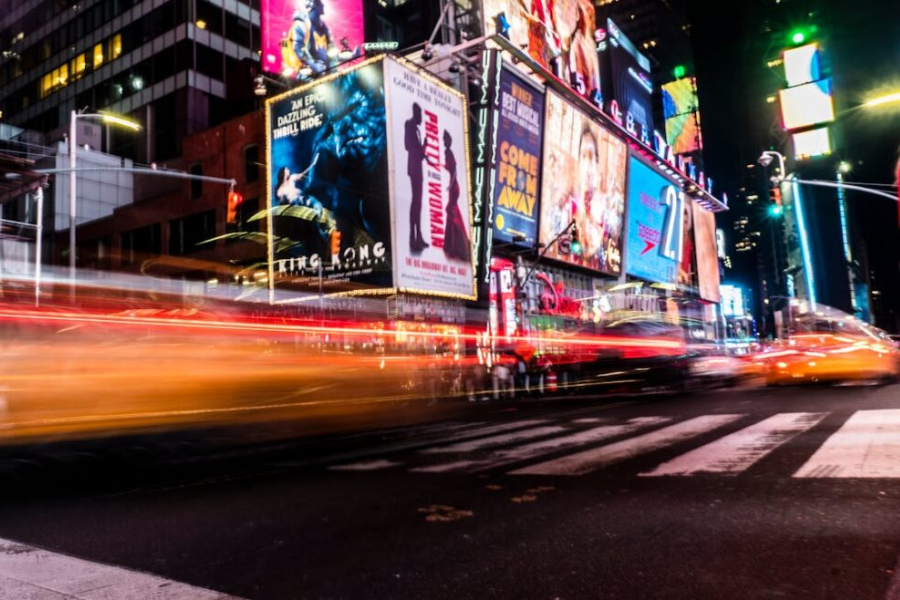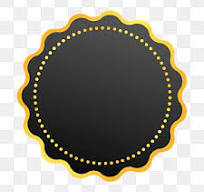Table of Contents
- The New Face of the Streets
- When Billboards Turn Smart
- Why Brands Are Loving Digital Displays
- Technology That Sees and Learns
- The Blend of Social Media and Streets
- Eco-Friendly Billboards Changing the Game
- Measuring What Works
- What the Future Holds
The New Face of the Streets
You walk through a busy street and suddenly the billboard above you changes. It greets you with an ad that matches your interests. You stop. You look. That’s the power of outdoor advertising today.
Outdoor advertising is no longer about plain posters or static boards. It’s now a living, breathing form of communication that reacts, learns, and connects. In this digital age, outdoor advertising has become smarter, more colorful, and more personal than ever before.
When Billboards Turn Smart
Digital screens are now replacing old printed boards. These smart displays can show moving images, videos, and even live updates. A single screen can now host multiple brands, switching ads in seconds.
It’s estimated that digital billboards make up nearly 30% of all outdoor advertising displays worldwide, and that number is rising fast. Cities are glowing brighter with vibrant visuals that capture attention day and night.
Unlike traditional boards that stay the same for weeks, digital ads can be updated instantly. A restaurant can promote breakfast in the morning and dinner specials in the evening—on the same screen.
Why Brands Are Loving Digital Displays
Brands today want flexibility. They want speed. They want results.
Outdoor advertising in the digital form gives them all that. Businesses can now test messages, swap designs, or run time-sensitive campaigns without the cost of reprinting posters.
Imagine a fashion brand promoting summer wear in the morning and switching to winter jackets during a sudden weather change. That’s real-time marketing at its best.
A recent report shows that digital out-of-home advertising boosts consumer engagement by nearly 47% compared to static ads. That’s because motion, light, and timing make messages more memorable.
Technology That Sees and Learns
Modern outdoor advertising doesn’t just display content—it studies behavior. With sensors, cameras, and AI tools, billboards can detect how many people are watching and for how long.
Some even recognize car types passing by and change ads to fit the audience. For instance, a luxury car ad may appear when a high-end vehicle drives past.
This level of smart targeting was once only possible online. Now, outdoor advertising is matching that precision. It combines creativity with data, turning every street corner into a mini marketing lab.
The Blend of Social Media and Streets
Outdoor advertising and social media are no longer separate worlds. They’re merging fast.
Brands now create billboards that show live social media posts, user reviews, or trending hashtags. Imagine walking by a board that displays your own post because you used a campaign tag. It makes people feel part of the story.
This fusion makes outdoor advertising more engaging. It builds interaction, not just exposure. People love to see real-time updates, and this connection between the digital world and the streets is making ads more powerful than ever.
Eco-Friendly Billboards Changing the Game
Outdoor advertising is also going green. With digital boards replacing paper posters, there’s less waste and fewer printing chemicals. Some billboards even use solar power to run screens, reducing electricity use.
In some cities, special eco-billboards can clean the air by absorbing carbon dioxide. These innovations prove that outdoor advertising can be both creative and responsible.
This shift also attracts brands that value sustainability. Customers today prefer businesses that care about the planet. So, eco-friendly outdoor advertising isn’t just smart—it’s strategic.
Measuring What Works
One of the biggest changes in outdoor advertising is how success is measured. Before, brands could only guess how many people saw their ads. But now, digital tools track everything.
Smart billboards record impressions, engagement times, and even emotional responses. Through data analytics, advertisers can see which message works best and when.
This transparency is making outdoor advertising more valuable. Brands can make decisions based on real numbers instead of assumptions.
Even small businesses are joining the wave, using affordable digital screens in local markets. It’s no longer just for big brands—everyone can play.
What the Future Holds
The evolution of outdoor advertising is far from over. The next phase is about blending creativity, technology, and personalization even more deeply.
Soon, we may see billboards that interact through voice, respond to gestures, or let people play games to win rewards. Augmented reality (AR) ads are already starting to appear, turning bus stops and street walls into interactive experiences.
Think of outdoor advertising that changes depending on who’s around or what the weather is like. Imagine ads that tell a story across different locations as people move through the city.
As data grows and screens get smarter, the connection between brands and people will only strengthen. Outdoor advertising will keep evolving, becoming more human in how it speaks and more digital in how it performs.
A World That Talks Back
We’ve moved from posters that shout to screens that talk. Outdoor advertising is no longer silent—it’s alive, expressive, and responsive.
It has found a new rhythm in the digital age. The streets are not just spaces anymore; they’re storytelling platforms. From smart billboards to eco-displays, from data-driven campaigns to social integrations, every light and screen adds to the conversation.
Outdoor advertising is not fading in this digital world—it’s thriving, glowing, and growing. And as technology advances, one thing is certain: the streets will keep talking, and brands will keep finding new ways to be seen, felt, and remembered.


